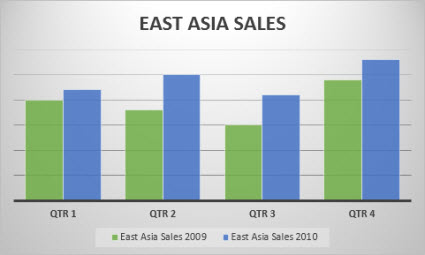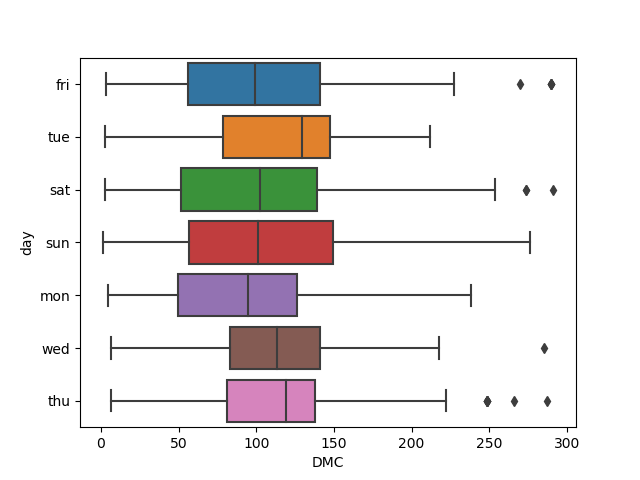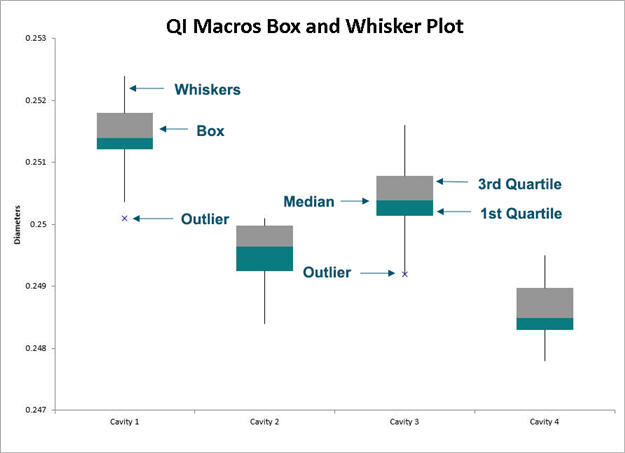
Stack over box and whiskers plot excel how to#
Here we discuss its uses and how to create Stacked Column Chart in Excel with excel examples and downloadable excel templates. This has been a guide to Stacked Column Chart in Excel.

Stacked column charts are useful only if there are limited segments in a group if there are many inputs that belong to the same group, then the stacked column chart will be very congested, making the analysis difficult.These charts do not give good results when it comes to deeper analysis of data.Easy to depict the difference between the various inputs of the same group.Ĭons of using Stacked Column Chart in Excel.Easy to visualize results on bar graphs.They help in easily knowing the contribution of a factor to the group.Pros of using Stacked Column Chart in Excel Example 1, to get the desired Stacked Column Chart. Then go to the toolbar tab, here you can see the “insert” option.Īfter selecting the data as mentioned above and selecting a stacked column chart, you can see the below chart.įollow the steps as per the above Example, i.e. In this case, we use a stacked column chart. Suppose now we have a case of a college where we want to know how many lectures have been taken by which lecturer. To add Chart title go to Layout>Chart title>select Above chart.įinally, the Stacked Column Chart looks like this.

Using the change color option, we can simply change the chart’s theme and choose more comfortable colors for our stacked column chart. Select fill> Gradient Fill and Select your color. To change the Color of the Plot Area, Right-click on Format Plot Area. Right-click on the Chart Select Format Chart Area.īy Selecting Format Chart Area to go to fill> Gradient Fill. Sometimes this become important that the color plays an important role in the graphs, especially if the data belongs to the paint industry. In this option, we can simply hover on the icons in the quick layout elements and can see what elements are inserted by these options. If we are confused about what elements should be in our stacked column chart, this option will be of our utmost use. I.e there will be a legend saying black box and whisker is with Drug B and grey box and whisker is without Drug B. Now the Legend will look at the bottom of our Chart. I need to make a box and whisker plot but with 8 box and whiskers but they need to be different colours/shades within their drug group. Here one of the chart elements, such as legend, is used. In the chart elements, we can add all the above-listed elements in our stacked column chart, and this will add more of the information to the normal usual stacked charts. Step 4: You can also use the DESIGN option to make the chart more presentable.Ĭlick on the Format option and then choose the font that suits the chart.īy this step, a stacked column chart is already prepared, but by using this step, we can add life to the old spreadsheet charts and make them look different. Step 3: After selecting the data as mentioned above and selecting a stacked column chart. In Column chart options, you will see several options choose the stacked column stack option to create stacked column charts. Step 2: Then go to the toolbar tab, here you can see the “insert” option.Ĭlick on Insert and then click on column chart options as shown below. Step 1: Firstly, enter the data for which you want to create a stacked column chart and select the data.

Median If set to TRUE, median is used instead of mean in outlier replacement.Now we want to know what type of product has contributed what percentage to the total sales we can use a stacked column chart. The same behavior is applied by applyįill If set to TRUE, the median or mean is placed instead of outlier. If argument is a dataframe, then outlier is " Usage rm.outlier(x, fill = FALSE, median = FALSE, opposite = FALSE) Sample mean or median" and also here is the usage part from the same source: "If the outlier is detected and confirmed by statistical tests, this function can remove it or replace by If you go through it you see different ways of removing outliers and among them I found rm.outlier most convenient one to use and as it says in the link above: I looked up for packages related to removing outliers, and found this package (surprisingly called "outliers"!):


 0 kommentar(er)
0 kommentar(er)
